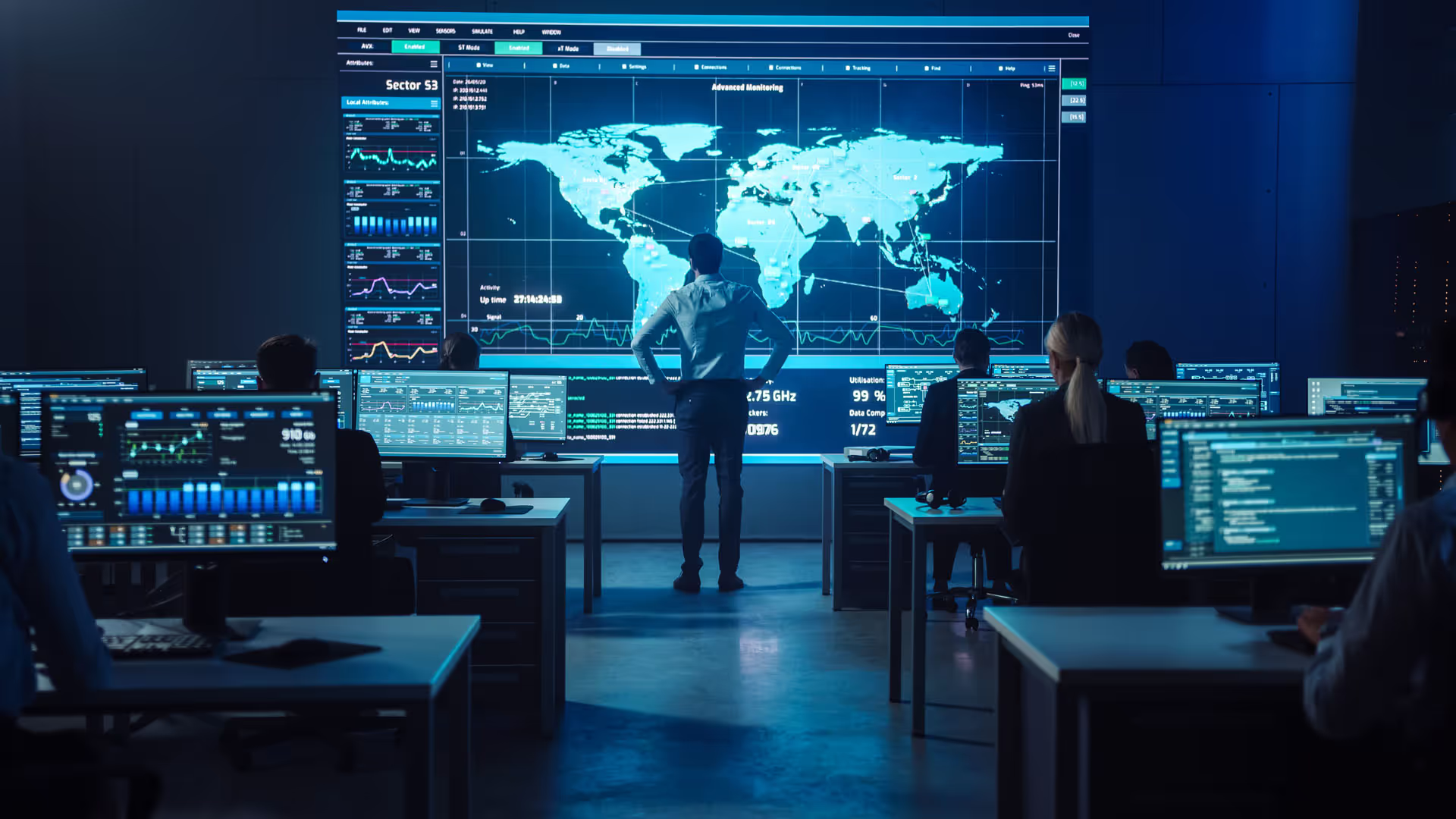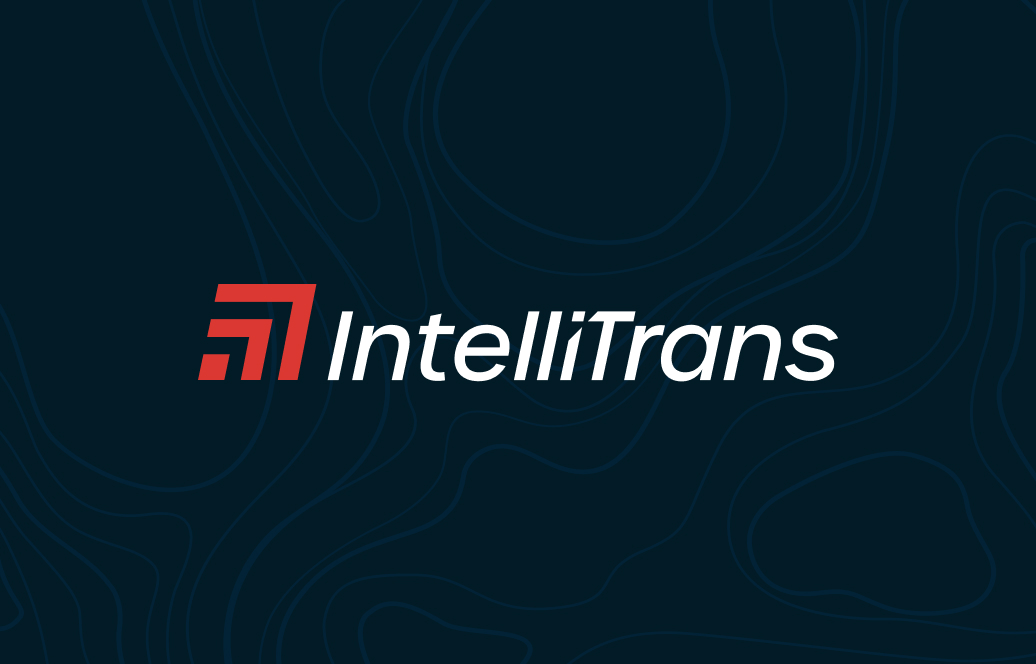

As supply chain disruptions, rising fuel costs, transportation capacity crunches and labor shortages continue to impact companies across all industries, more organizations are turning to technology to help them sort through these constraints, make good decisions and plan for the future.Over the last few years, the supply chain control tower has emerged as a go-to technology platform for companies wanting to shore up their supply chains and gain better visibility over these vital networks. More of them are replacing their existing manual approaches, disparate systems and disconnected applications with connected, personalized dashboards that aggregate data, important business metrics and events related to the supply chain.With all of this information—and more—and their fingertips on a single dashboard, supply chain, logistics and transportation managers can make good decisions based on current data versus historical events. By providing end-to-end supply chain visibility, control towers help organizations eliminate data silos, reduce the need for manual work and generate actionable, real-time insights that companies can rely on.Gartner defines a supply chain control tower as a “concept that results in combining people, process, data, organization and technology.” It says control towers capture and use near-real-time operational data from across the business ecosystem. Businesses can then use that data for enhanced visibility and improved decision making.“Supply chain control tower is not a stand-alone SCM application, but an integrated capability embedded in a broader SCM suite or tool,” Gartner Analyst Christian Titze points out. “It could be an intelligent data platform providing use-case specific insights, predictions and suggestions.”5 Reasons to Use a Supply Chain Control TowerFor optimal results, Gartner says control towers should provide continuous intelligence in real-time, advanced analytics, impact analysis (i.e., to help organizations understand the impact of signals from the digital ecosystem to their supply chains), scenario modeling to simulate different scenarios for providing a suitable smart response, collaborate response (across the supply chain ecosystem) and artificial intelligence that helps drive a higher degree of automation.
.avif)
How Can a Supply Chain Control Tower Help Your Company?IntelliTrans’ Global Control Tower provides high levels of supply chain transparency; aggregates, completes, and enhances data from a variety of sources; offers visibility into and execution of different aspects of the supply chain; and generates data-driven alerts and analytics that ask deeper questions and deliver meaningful insights.By leveraging tracking information, the Global Control Tower provides analytics that measures key performance indicators (KPIs) like fleet cycle time, origin/destination dwell time, lane and hauler performance, back orders, freight spend, load optimization, and more. With their rate, equipment, lease, tracking, and invoice data in a central repository that’s accessible 24/7, companies can position themselves for success in any market conditions.